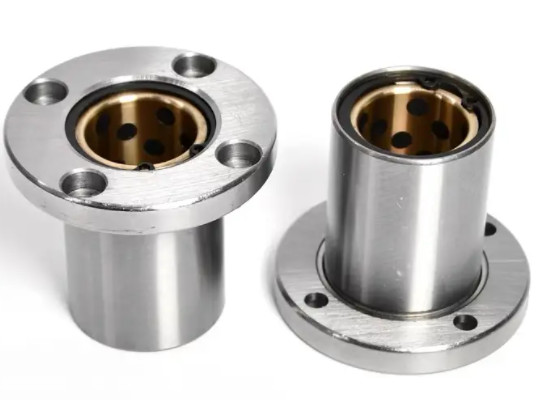Bushings are critical components in mechanical systems, providing a low-friction interface between moving parts, reducing wear, and absorbing vibrations. Used extensively in automotive, industrial, and machinery applications, bushings ensure smooth operation and enhance component longevity. This guide explores the types, materials, technical specifications, and applications of bushings, emphasizing their role in system performance.
Definition and Function of Bushings
Bushings are cylindrical components, often made of metal, rubber, or composite materials, designed to fit between two moving parts to reduce friction and wear. They act as bearings in applications where full rotation is not required, providing a simpler and more cost-effective solution than rolling-element bearings. Bushings also dampen vibrations, reduce noise, and maintain alignment in systems such as vehicle suspensions, machinery pivots, and industrial equipment.
The primary functions of bushings include:
- Reducing friction between moving parts.
- Absorbing and dissipating vibrational energy.
- Maintaining component alignment under load.
- Protecting components from wear and extending service life.
- Providing flexibility in systems requiring controlled movement.
Types of Bushings
Bushings are categorized based on their material, design, and application. The choice of bushing type depends on the operating environment, load requirements, and desired performance characteristics. Below are the main types of bushings:
Plain Bushings
Plain bushings, also known as sleeve or journal bushings, are simple cylindrical components made from materials like bronze, steel, or polymers. They rely on a thin film of lubricant or self-lubricating properties to reduce friction. These bushings are used in low-speed, high-load applications, such as heavy machinery and automotive suspensions.
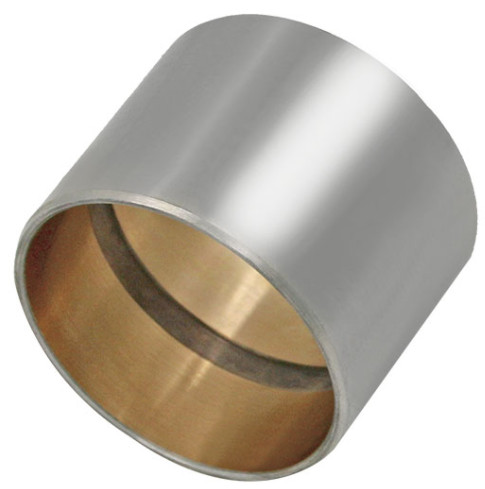
Rubber Bushings
Rubber bushings are designed to absorb vibrations and shocks, making them ideal for automotive suspension systems and engine mounts. They consist of a rubber layer bonded to metal sleeves, providing flexibility and damping properties. These bushings are commonly used in control arms, stabilizer bars, and shock absorber mounts.
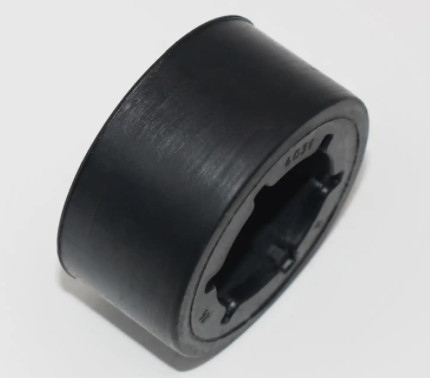
Flanged Bushings
Flanged bushings have an extended rim or flange to provide axial support and prevent movement along the shaft. They are used in applications requiring precise positioning, such as electric motors and gearboxes.
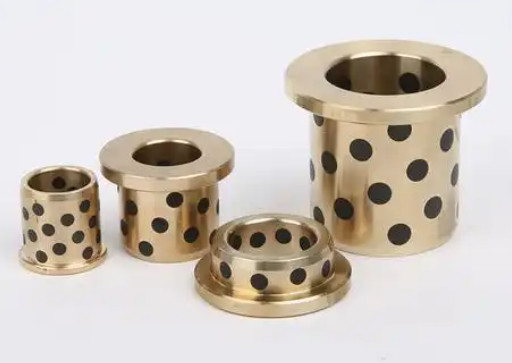
Composite Bushings
Composite bushings combine materials like PTFE (polytetrafluoroethylene), fiberglass, or metal-backed polymers to offer low friction and high durability. These are suitable for high-load, low-maintenance applications, including aerospace and marine environments.
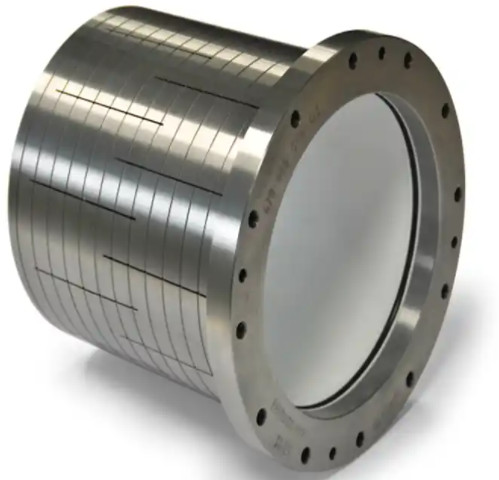
Split Bushings
Split bushings are designed with a longitudinal cut, allowing easy installation and removal without disassembling the system. They are used in applications where frequent maintenance is required, such as conveyor systems and agricultural machinery.
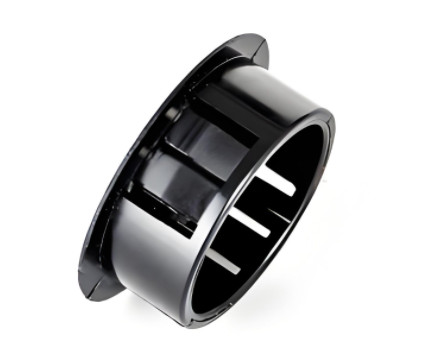
Materials Used in Bushings
The material composition of a bushing significantly affects its performance, durability, and suitability for specific applications. Common materials include:
| Material | Properties | Applications |
|---|---|---|
| Bronze | High wear resistance, good load capacity, corrosion-resistant | Heavy machinery, pumps, marine equipment |
| Steel | High strength, cost-effective, suitable for high loads | Automotive suspensions, industrial pivots |
| Rubber | Excellent vibration damping, flexible, noise reduction | Suspension systems, engine mounts |
| PTFE | Low friction, self-lubricating, chemical resistance | Aerospace, food processing equipment |
| Nylon | Lightweight, low friction, corrosion-resistant | Light-duty machinery, consumer products |
Material selection depends on factors such as operating temperature, load, speed, and environmental conditions. For example, bronze bushings are preferred in corrosive environments, while PTFE bushings excel in applications requiring minimal maintenance.
Technical Specifications of Bushings
Bushings are designed to meet specific performance requirements, and their technical specifications are critical for ensuring compatibility and functionality. Key parameters include:
Dimensions
Bushing dimensions are defined by inner diameter (ID), outer diameter (OD), and length. These measurements must match the shaft and housing specifications to ensure proper fit and function. For example:
- Inner Diameter (ID): 10 mm to 100 mm (common range).
- Outer Diameter (OD): 12 mm to 120 mm.
- Length: 10 mm to 150 mm, depending on application.
Load Capacity
Load capacity refers to the maximum static or dynamic load a bushing can withstand. For bronze bushings, static load capacity can range from 30 MPa to 100 MPa, while dynamic load capacity is typically lower, around 10 MPa to 50 MPa.
Friction Coefficient
The friction coefficient determines the bushing’s efficiency in reducing friction. Self-lubricating bushings, such as those made with PTFE, have friction coefficients as low as 0.04 to 0.10, while metal bushings may range from 0.1 to 0.3 with lubrication.
Operating Temperature
Bushings must operate within specific temperature ranges. For example:
- Rubber bushings: -40°C to 80°C.
- PTFE bushings: -200°C to 260°C.
- Bronze bushings: -40°C to 300°C.
Hardness
Material hardness affects wear resistance. For instance, steel bushings typically have a hardness of 150-200 HB (Brinell), while rubber bushings have a Shore A hardness of 50-80.
Applications of Bushings
Bushings are integral to various industries, providing reliable performance under diverse conditions. Key applications include:
Automotive Industry
In vehicles, bushings are used in suspension systems, steering components, and engine mounts. Rubber bushings in control arms and stabilizer bars reduce road noise and vibrations, improving ride comfort. For example, a typical passenger car may use 10-20 rubber bushings in its suspension system, each with a Shore A hardness of 60-70 and a dynamic load capacity of 5-15 MPa.
Industrial Machinery
Bushings in industrial machinery, such as pumps, compressors, and conveyors, reduce friction and wear in rotating or pivoting components. Bronze or composite bushings are common in heavy-duty applications due to their high load capacity and durability.
Aerospace and Marine
In aerospace, bushings must withstand extreme temperatures and loads. PTFE or composite bushings are used in landing gear and control systems due to their low friction and corrosion resistance. In marine applications, bronze bushings are preferred for their resistance to saltwater corrosion.
Consumer Products
Bushings are found in household appliances, such as washing machines and fans, where nylon or PTFE bushings provide quiet operation and low maintenance.
Installation and Maintenance Considerations
Proper installation and maintenance are critical to bushing performance and longevity. Key considerations include:
Installation
Bushings must be installed with precise alignment to avoid stress concentrations. Press-fitting is common for metal bushings, requiring tools to ensure uniform pressure. Rubber bushings may require torque tightening with the vehicle on the ground to prevent premature wear. For example, anti-roll bar bushings should be torqued to 20-30 Nm for optimal performance.
Maintenance
Regular inspection is necessary to detect wear, cracking, or deformation. Rubber bushings may degrade due to heat, oil exposure, or UV radiation, requiring replacement every 5-7 years in automotive applications. Lubrication is critical for metal bushings, with grease or oil applied at intervals based on operating conditions.
Replacement
Replacing worn bushings involves removing the old component and pressing in a new one. In some cases, replacing the entire assembly (e.g., control arm) is more cost-effective than replacing individual bushings, especially if specialized tools are required.
Testing and Quality Assurance
Bushings undergo rigorous testing to ensure performance and reliability. Common tests include:
| Test Type | Purpose | Typical Parameters |
|---|---|---|
| Compression Test | Measure load capacity and deformation | Up to 100 MPa for metal bushings |
| Tensile Test | Evaluate material strength | 50-200 MPa for rubber bushings |
| Fatigue Test | Assess durability under cyclic loading | 10,000-100,000 cycles |
Quality assurance involves dimensional checks, material verification, and performance testing to ensure compliance with standards such as ISO 9001 or SAE specifications.
Conclusion
Bushings are essential components that enhance the performance, durability, and comfort of mechanical systems. By understanding their types, materials, technical specifications, and applications, engineers and technicians can select the appropriate bushing for specific requirements. Proper installation, maintenance, and quality assurance ensure optimal performance and longevity, making bushings a cornerstone of reliable system design.
FAQs About Bushings
What is a bushing?
A bushing is a cylindrical or sleeve-like component designed to reduce friction, absorb shock, and provide a bearing surface between two moving or stationary parts. It is commonly used in machinery, automotive systems, and industrial equipment to protect components from wear, align parts, and dampen vibrations.
What are the main functions of a bushing?
Reduce friction between moving parts to minimize wear and energy loss.
Absorb shocks and vibrations to improve stability and reduce noise.
Maintain alignment between components (e.g., in automotive suspension systems).
Insulate against electrical or thermal transfer in specific applications.
Are bushings and bearings the same thing?
No, while both reduce friction, they differ in design and use:
Bushings: Typically sleeve-shaped, often used for low-speed or light-load applications, and may be press-fit into place.
Bearings: Usually have rolling elements (balls, rollers) and are better suited for high-speed or heavy-load scenarios. Bushings are sometimes called "plain bearings" due to their simple, non-rolling design.
What factors should I consider when selecting a bushing?
Load type: Static, dynamic, or axial/radial forces.
Operating environment: Temperature, humidity, exposure to chemicals, or dust.
Movement type: Rotational, linear, or oscillating motion.
Material compatibility: Ensure the bushing material works with mating components (e.g., avoiding metal-on-metal friction without lubrication).
